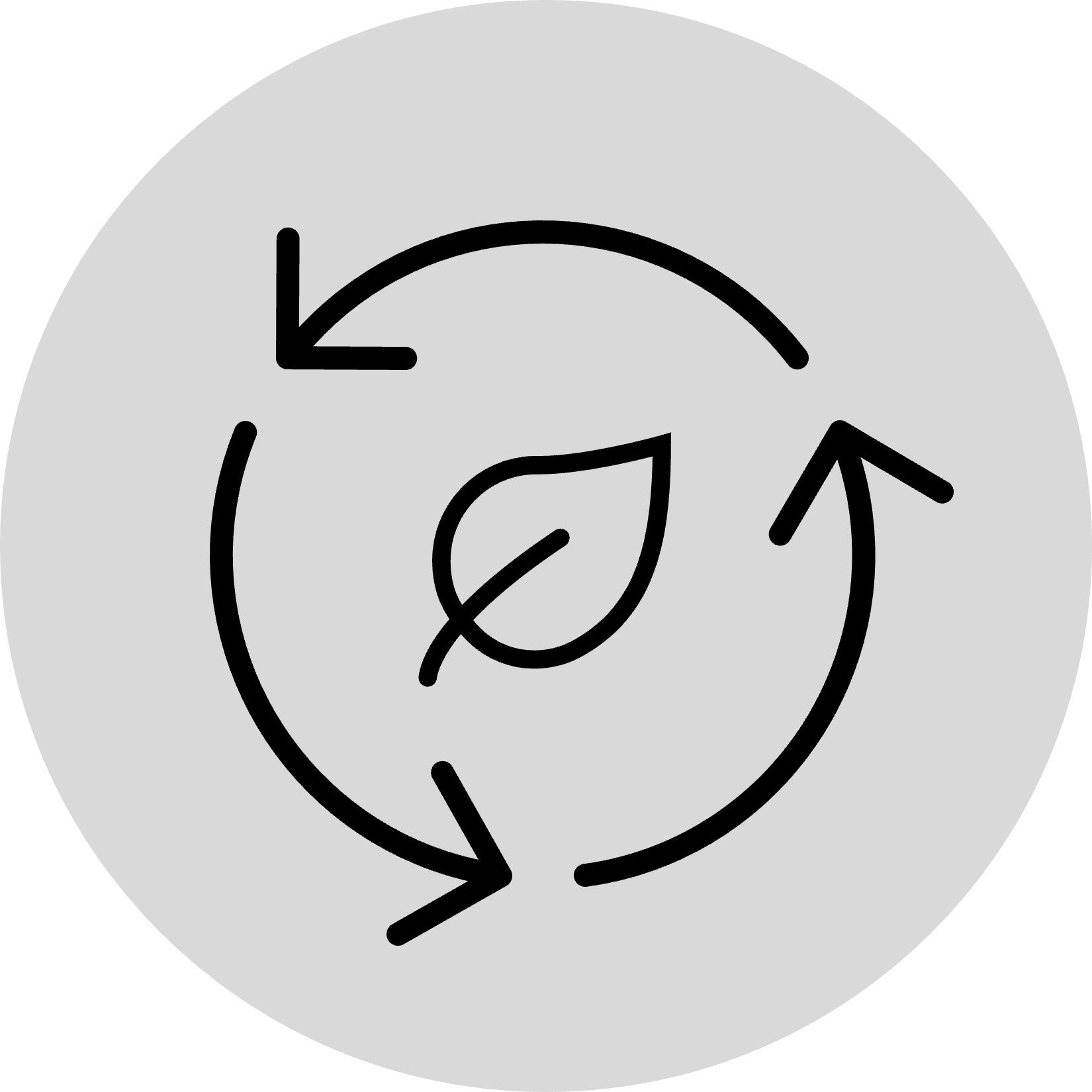
Certifications and standards
Technology creates many solutions for sustainability challenges, but it often creates its own problems. Electronic devices often contain metals that are mined from parts of the world with poor environmental and human rights practices. Many of those same metals are also toxic when sent to landfill. Our increasing use of technology also increases our energy consumption, which contributes to climate change. The following certifications and standards can help guide sustainable procurement options:
ENERGY STAR is a U.S. Environmental Protection Agency voluntary program that helps businesses and individuals save money and protect our climate through superior energy efficiency.
The Electronic Product Environmental Assessment Tool (EPEAT) evaluates products based on energy efficiency, reduction and elimination of environmentally sensitive materials, materials selection, design for end-of-life, and more.
TCO Certified is a sustainability certification for IT products that ensures products are working towards sustainable development throughout their life cycle.
Things to consider
Before making a purchasing decision, consider these guiding principles of sustainable procurement:

Buy credibly certified products
- Make sure to request options that are third-party certified such as EPEAT, ENERGY STAR, and TCO Certified.

Buy circular
- How long is the product and its components meant to last? Does the product and/or packaging contain reusable/replaceable parts? Product descriptions and reviews can be extremely useful in this regard.
- Does the product integrate post-consumer-recycled content, such as plastic or metal?
- Does the vendor offer an end-of-life takeback program? This is typically explicitly stated. If no, can the product and/or packaging be disposed of through existing waste programs? Refer to theShift:Zero Sorting Guide if unsure.

Consider lifecycle costs
- What are the operational costs of the product over its lifespan? This guide from the Principles for Digital Development can help estimate total lifetime costs of enterprise software solutions.
- Are there energy or resource-saving settings, such as “sleep mode”? This information can easily be found in product descriptions or reviews.


